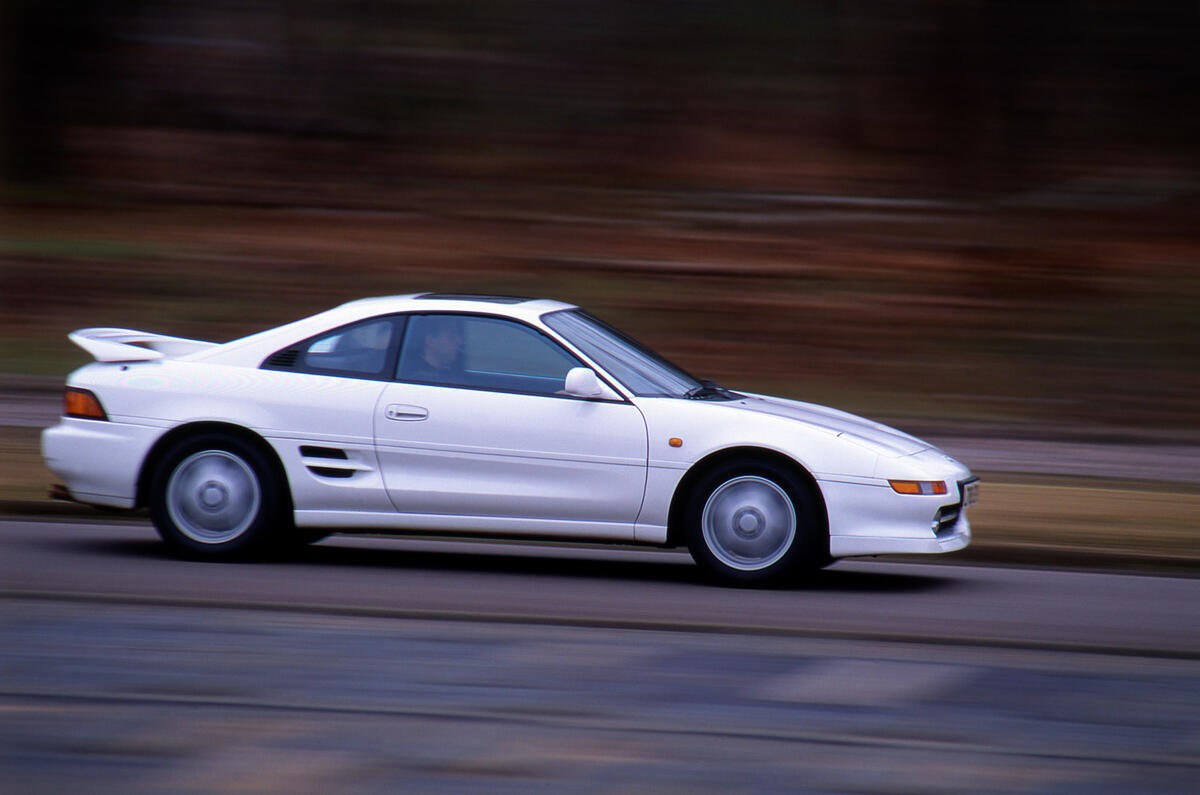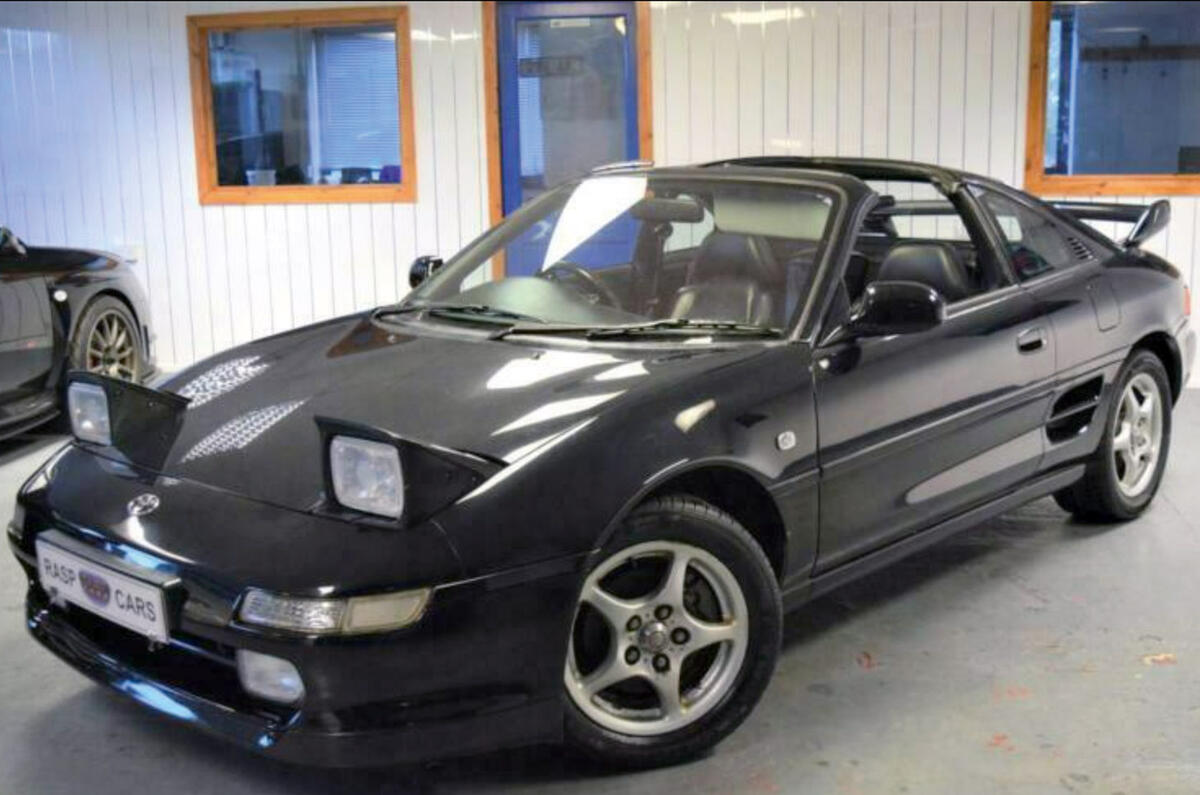Let’s gloss over why the Toyota MR2 was sold as just the MR in France. If you understand the reasoning, have no fear, for this car is anything but that.
What we have here is a small Japanese two-seat sports coupé that’s rising rather rapidly in value and thoroughly deserving of its commonly applied ‘modern classic’ designation. A running-and-driving example of this second-generation car commands at least £2500, but if you’re handy with the spanners, you could consider picking up a project for a good deal less than that.
Things do become slightly more complicated, however, when you take into account the array of specifications and generations that you will find dotted around the classifieds. To start with, the SW20, as the Mk2 MR2 was known, was at first sold in Europe in three trim levels – Coupé, GT and GT T-Bar – each with different states of tune for the revered naturally aspirated four-cylinder 2.0-litre engine.
Click here to buy your next used car from Autocar
Outputs ranged from 119bhp to 158bhp, and top-rung cars gained desirable extras that are a big factor in their continued premium status. The rarer T-Bar, for example, swapped the standard fixed roof for a pair of Targa-style removable panels which endowed the MR-2 with a sort of dual character that’s only really emulated today by the Mazda MX-5 RF.

That’s not to say lower-spec cars should be avoided at all costs; the entry-level 3S-FE engine falls short on power, but the model that uses it makes up for that by retaining the MR-2’s characteristic agility. And because you sit so close to the ground, it will still feel suitably poky on the right road.
There are some examples with an automatic gearbox still to be found, but that will be a compromise too far for many prospective buyers.






















Join the debate
Add your comment
I'm sure there was a 200hp varient in the UK towards the end of its run. I say this because a friend bought one from a Toyota dealer in Paisley / Linwood. Looked like the black one pictured, and indeed that was the colour he picked too.
I'd have to say it was a very good car, but the front didn't seem as planted as I'd have liked over slightly rough roads (not bumpy, just a rough finish). Didn't give confidence, but the engine was quick.
Sadly, I ended my friendship with him when he decided to do 70mph past a hall that was being used as a school as it was emptying of pupils (limit was 30mph). I have never come as close to thinking I was going to be in a deadly accident as that day, and even though I'd known the guy for many years, that was it for me. I didn't want part of that.
Lovely little car, in all variations, though I particularly like the T-Bar.
Storage isn't too bad, provided you and the gf are content with soft luggage.